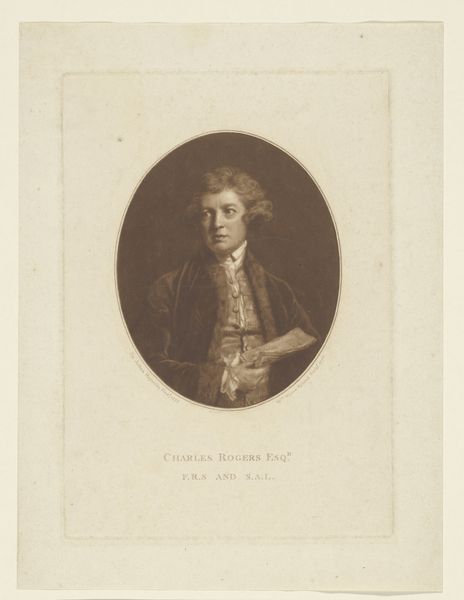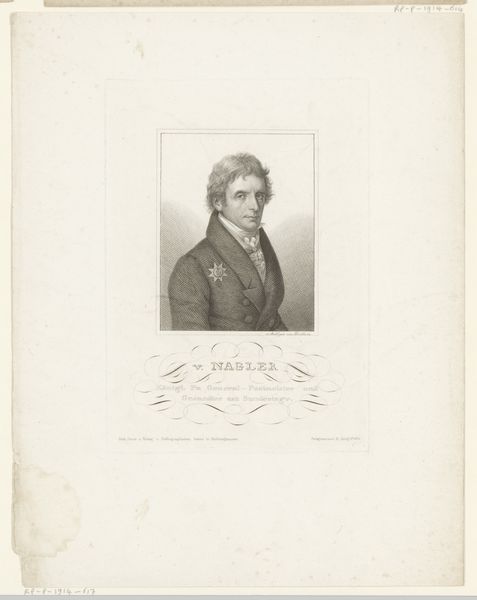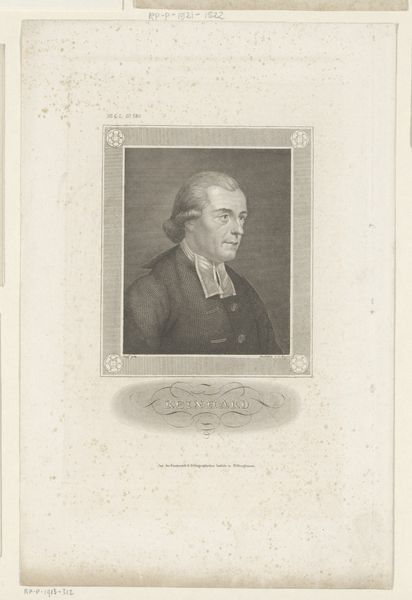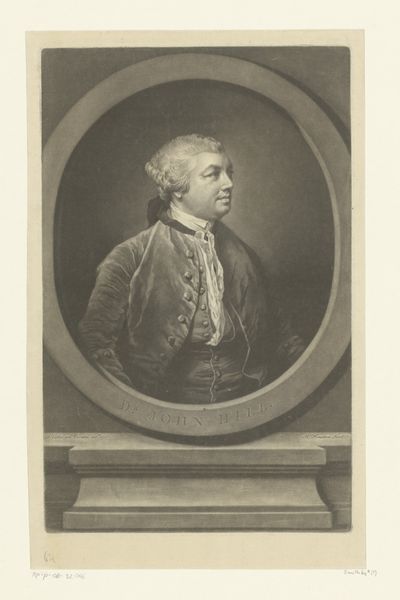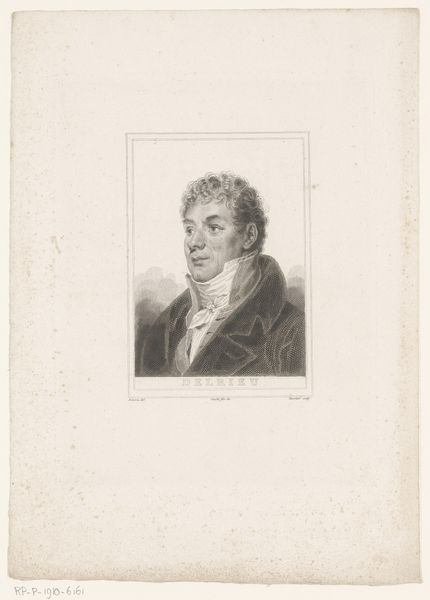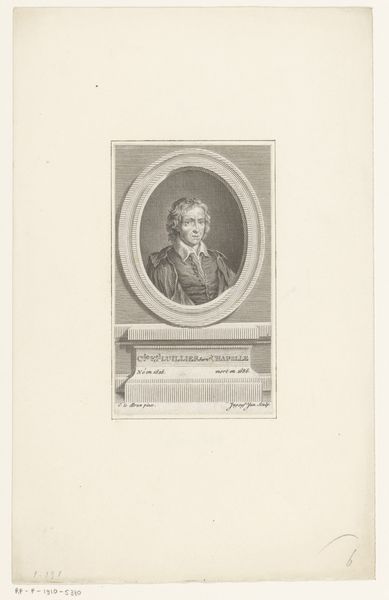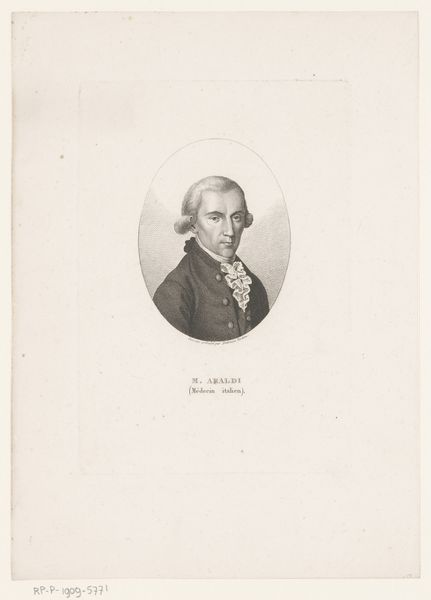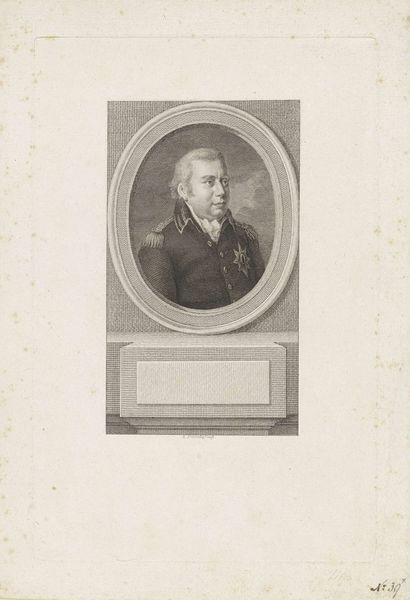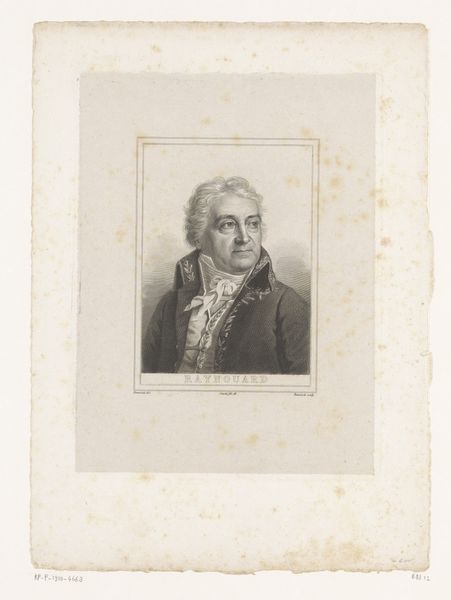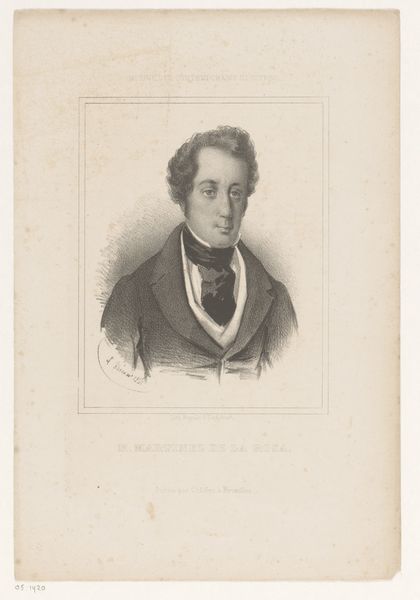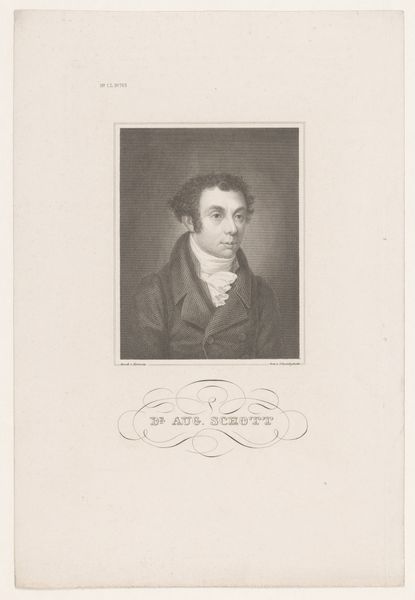
print, engraving
#
portrait
#
neoclacissism
# print
#
historical photography
#
history-painting
#
academic-art
#
engraving
Dimensions: height 151 mm, width 96 mm
Copyright: Rijks Museum: Open Domain
Editor: Here we have an engraving from 1806 by Natale Schiavoni titled "Portrait of the Writer John Hawkesworth." The mood is incredibly dignified, almost imposing. What stands out to you when you look at it? Curator: What a terrific question! The first thing that jumps out is the absolute *perfection* of the line work – truly masterful. Schiavoni’s rendering brings Hawkesworth into our present. This is Neoclassicism, but look closer: See how Hawkesworth almost melts out of the imagined frame? It makes me wonder about legacy, the act of remembering, and what stories time washes away. What stories are left? Are they real, or constructs? It’s deliciously unsettling. Does that resonate with you at all? Editor: Absolutely! The way he sort of fades in and out is fascinating. I’m used to portraits feeling so...static. This feels like a fleeting memory. I also notice the formality of the setting paired with that somewhat vulnerable gaze of the subject. Curator: Yes, that is exactly right! It’s a powerful combination isn't it? He’s gazing into something just beyond our own view…a sort of invitation. And it feels almost *dreamt*. What do you make of the plinth the nameplate is on? Editor: Well, I initially thought of it as a tombstone or memorial, so "fleeting memory" felt apt... but is there another way of looking at that? Curator: The Victorians had this fascinating penchant for encasing memory in objects and images, a way of dealing with both the past and their own fleeting existences. Perhaps it’s not funereal at all! It’s the ultimate bookplate. Editor: Hmm, I never thought of it that way. So interesting how just shifting perspective can completely change the feel of a piece.
Comments
No comments
Be the first to comment and join the conversation on the ultimate creative platform.
